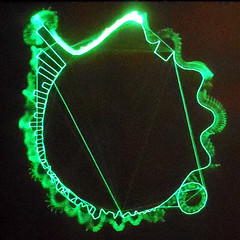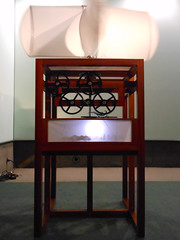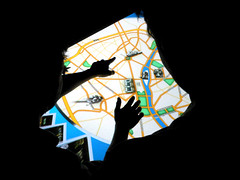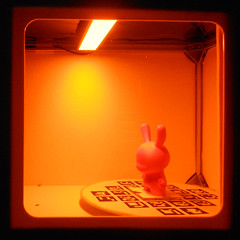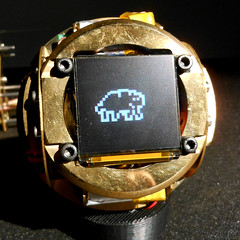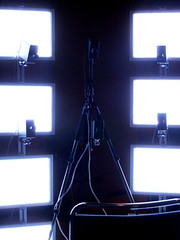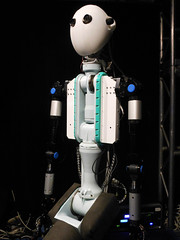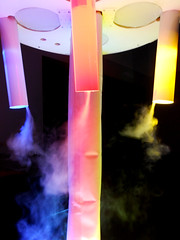Colloidal Display
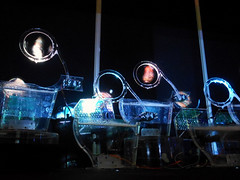
Colloidal Display
Originally uploaded by ~db~
This project proposes an innovative solution that transforms a soap film into the world’s thinnest screen. It has several significant points in comparison to other displays or screens:
- The screen’s transparency can be controlled dynamically by using ultrasonic sound waves. Because of its transparency, membranes and a single projector can develop the plane-based 3D screen.
- The screen’s shape, surface texture, and reflectance can be controlled dynamically with ultrasonic sound waves.
Because of its dynamic character, the screen can display realistic material.
- The screen’s unique material, which allows objects to pass through it, promotes new ways of human interaction with flexible displays.
These features open a new path for flexible displays.
Yoichi Ochiai
The University of Tokyo
Alexis Oyama
Carnegie Mellon University
Keisuke Toyoshima
University of Tsukuba
